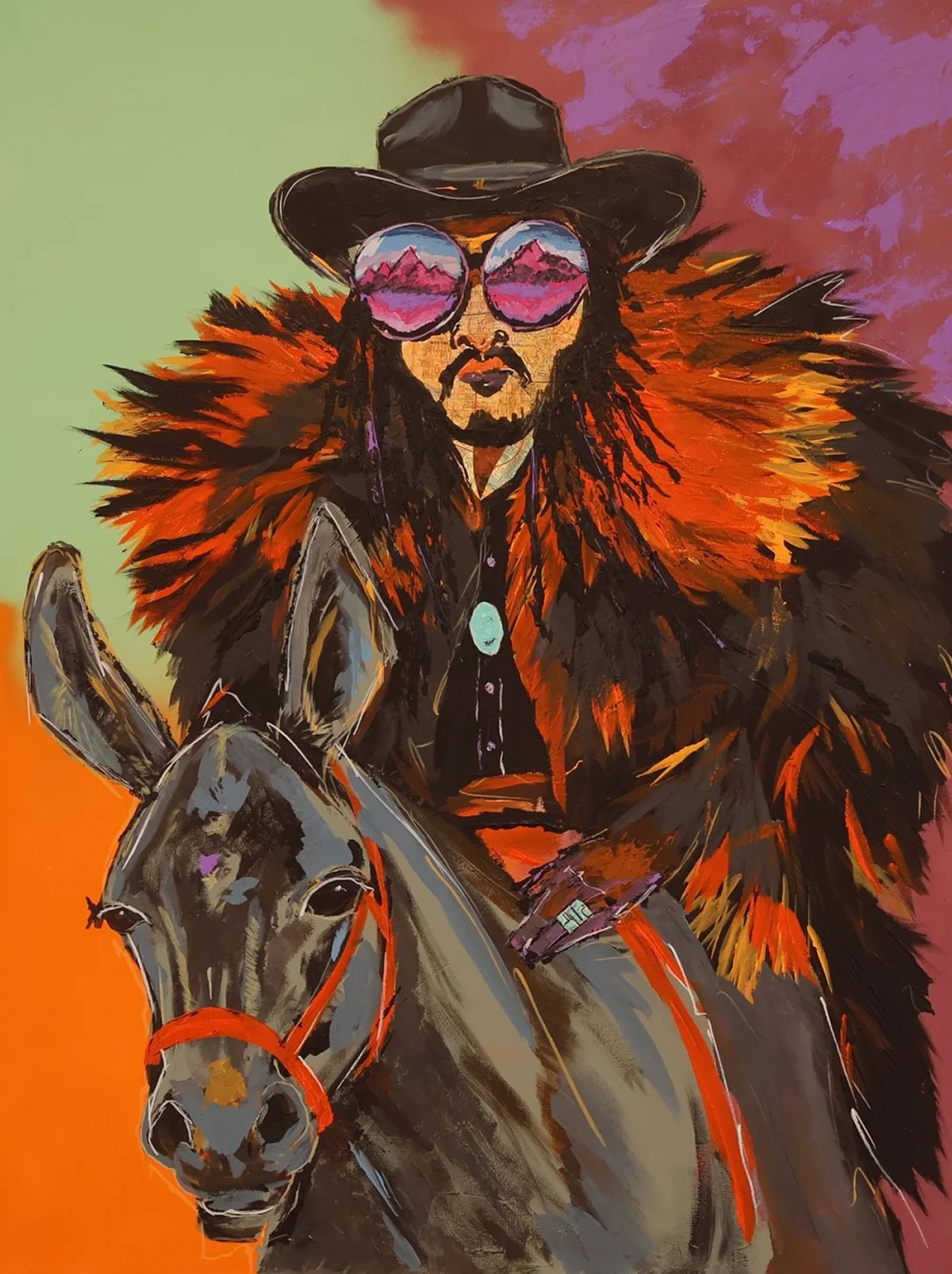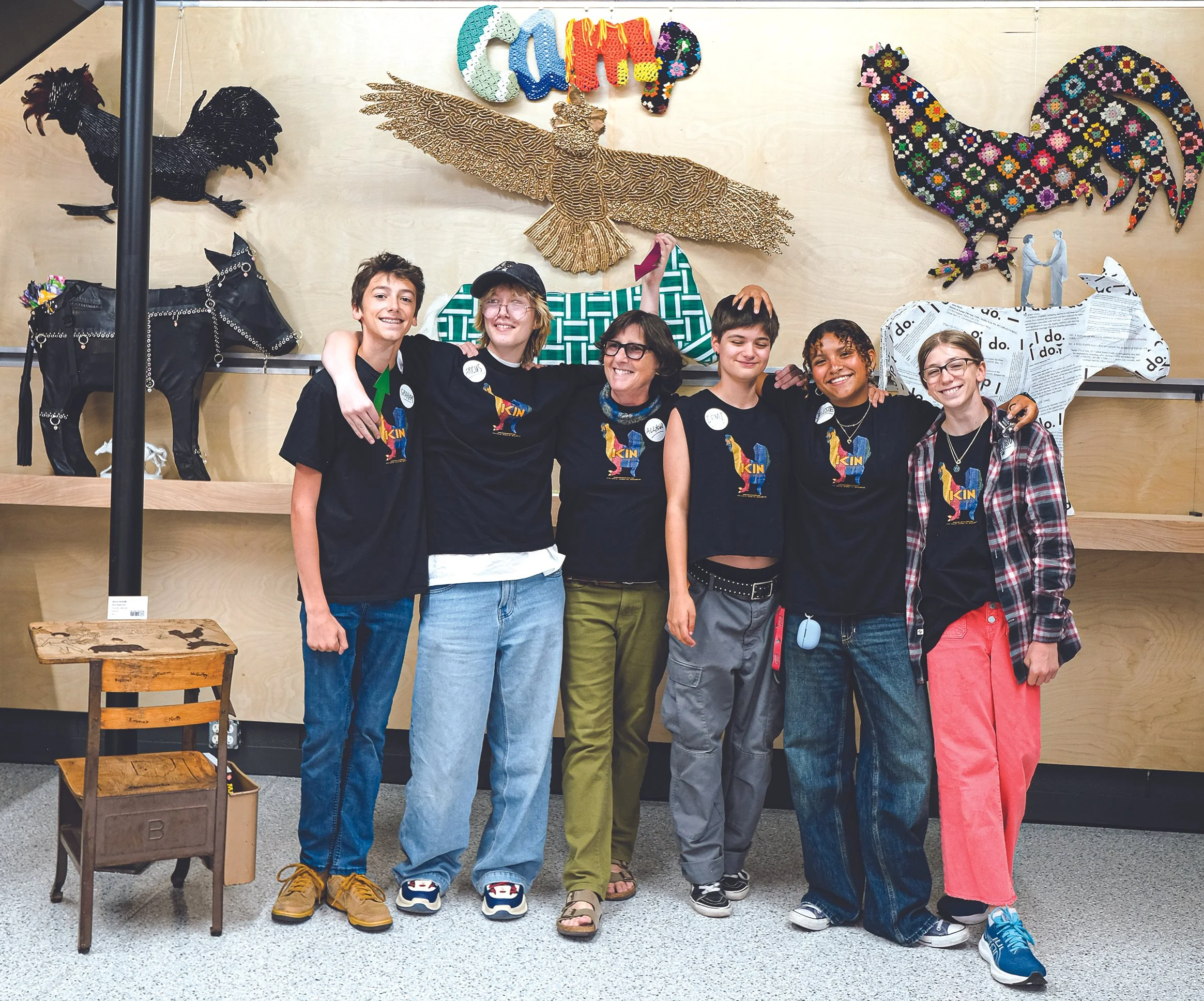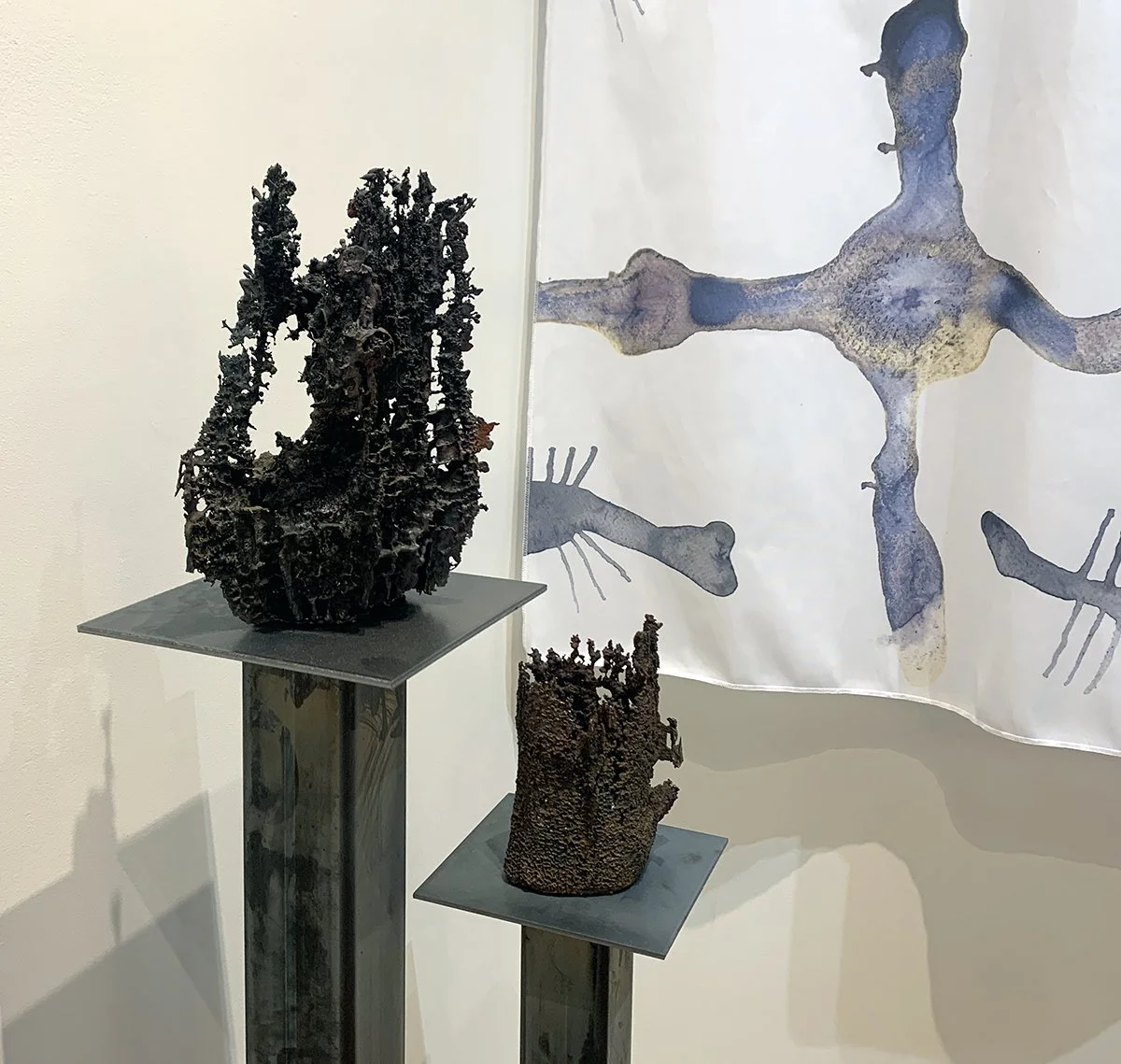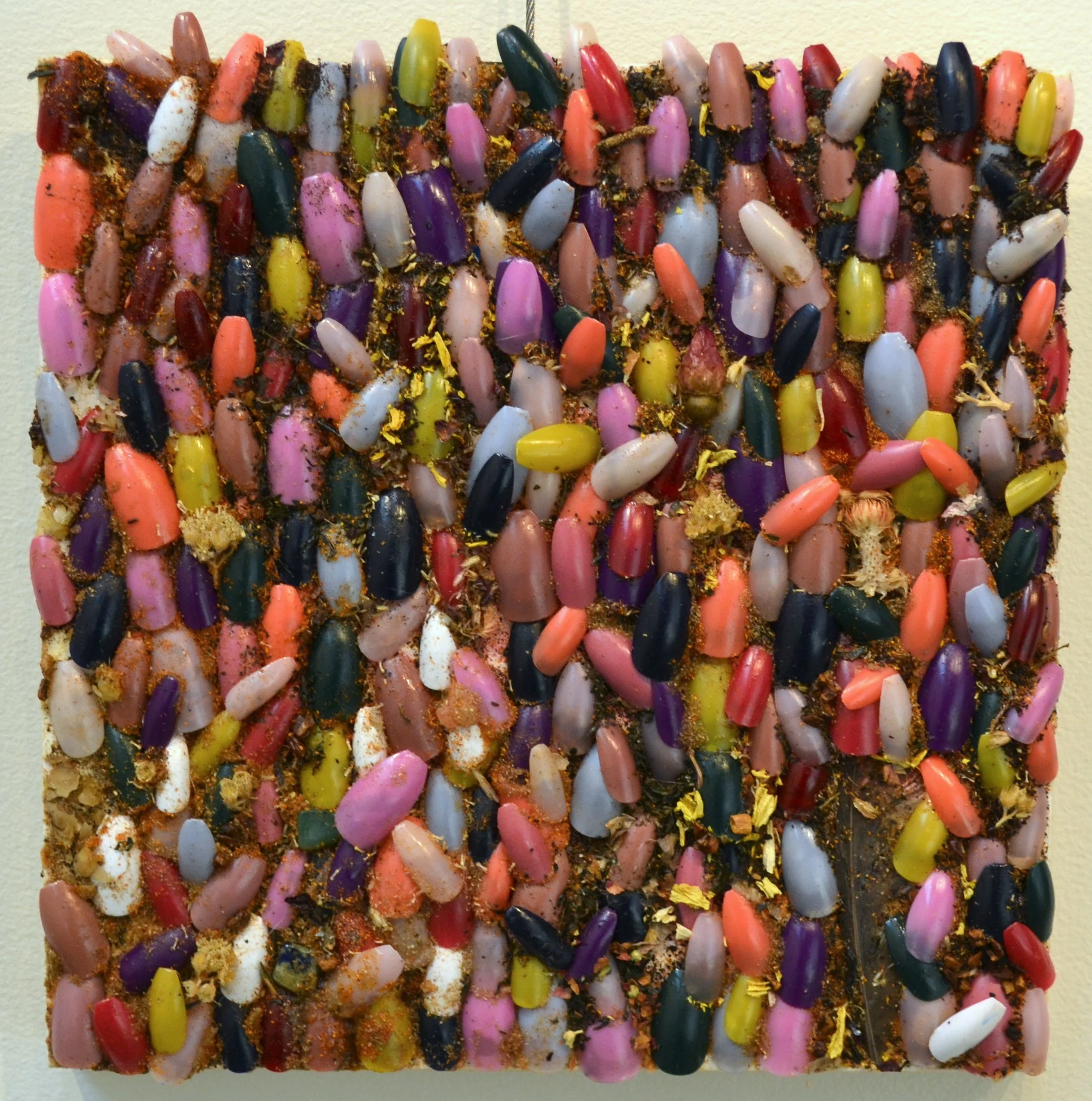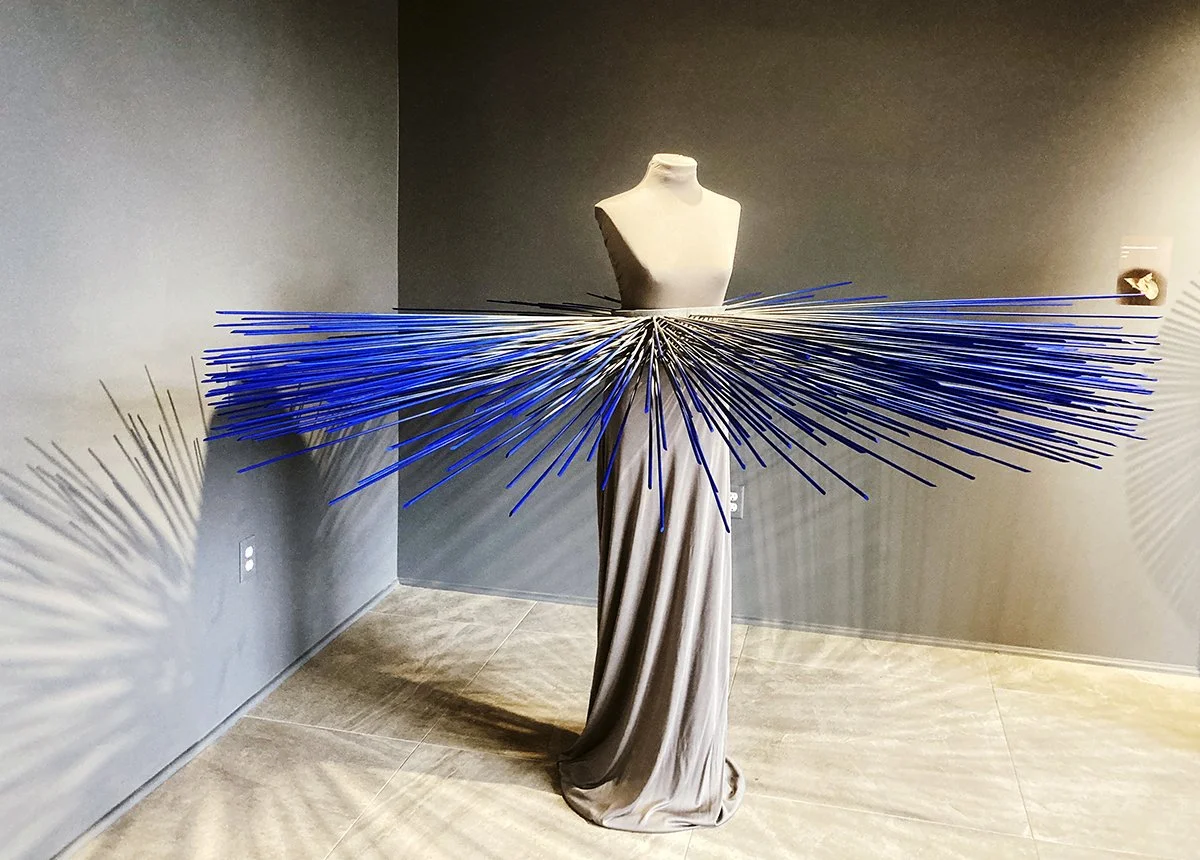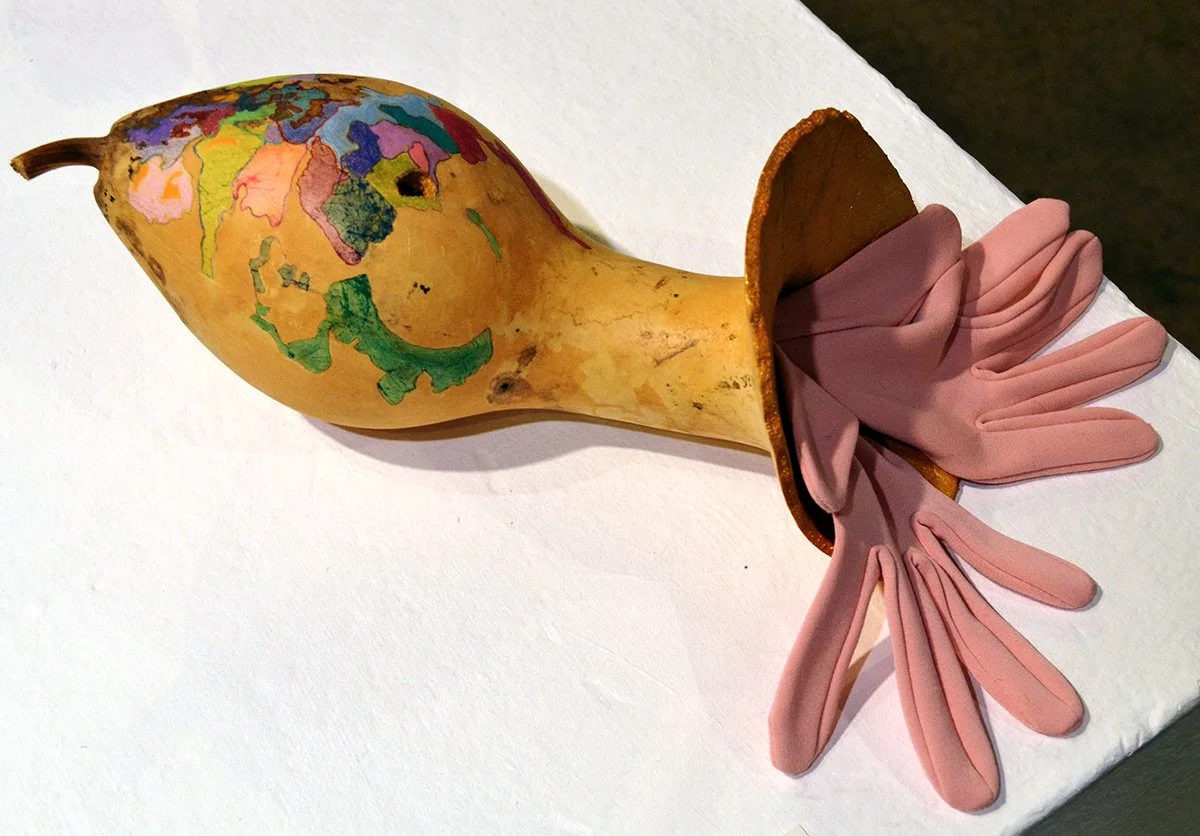Joseph Graves Jr., a teacher and multidisciplinary artist, is currently showcasing a collection of his acrylic, oil, and watercolor paintings at Englewood's Seesaw Gallery. On view through January 11, the exhibition is titled In Plain Sight: a celebration of Black cowboys.
Welcome to DARIA: Denver Art Review, Inquiry, and Analysis, a publication devoted to art writing and criticism focused on the Denver-area visual art scene. DARIA seeks to promote diverse voices and artists while fostering critical dialogue around art.


